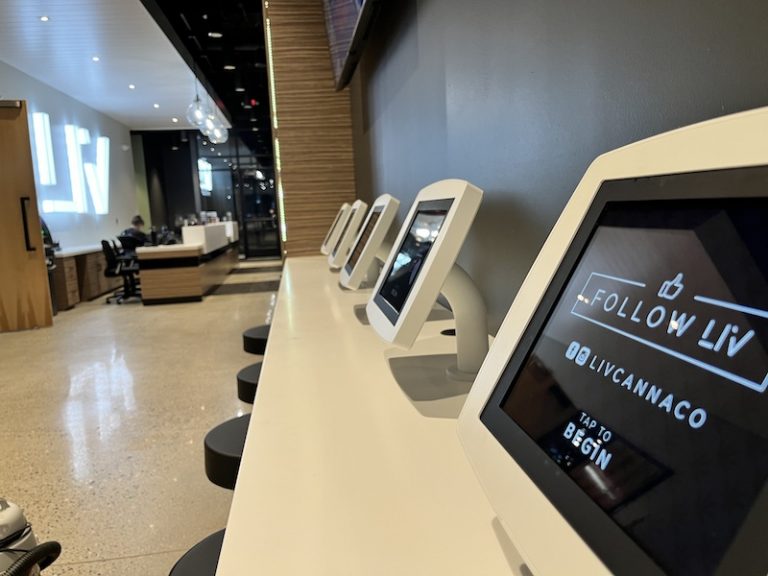Why FlowVella?
We believe that there should be an easy way for people to present their stories, work, and ideas on mobile. So, we created FlowVella to allow ordinary people to express themselves beautifully in the medium of touch.
Creating new ways for people to share on mobile has been our guiding focus since Treemo Labs was founded in 2005. Our first accomplishment was to build a robust mobile social networking platform. We then created a growing mobile community of our own users, and we partnered with brands who needed to build mobile communities around products. When the App Store went live in 2008, our partners and others asked us to create native iOS and later Android apps that would elegantly bring their media content to the touch screen. Over coming years, we would build apps for brands like CNET, 60 Minutes, Survivor, and artists like Nirvana, Beyoncé, and the Roots along with many many others.
Over the past four years, we have learned a lot about delivering immersive media-rich apps. Nevertheless, at our core, we are a team of app developers and designers driven by the desire to find new ways to empower ordinary users to connect and share on mobile. So, in 2011, we built a platform designed to allow creative professionals and brands to build native mobile apps with a simple web authoring tool. Our goal was to take the app technology that we had developed with our partners and put it in the hands of creative professionals so that they could easily design beautiful apps without coding.
It was incredibly exciting to see the results. Creative people from all over the world started to design for the touch interface with our tools. Brands also built iPad apps that they took trade shows and published to the App Store. However, what surprised us the most, was the interest from ordinary people who had an idea to share and wanted to express themselves through the medium of touch. Our users had something to say, and they wanted to reach their audience on mobile. Unfortunately, for many users, an App Store publishing account, which is required to publish content to Apple’s App Store, is far too costly to be within reach. Also, to the frustration of many, Apple would only allow certain types of ideas to be shared as apps in their App Store. To get published, you have to fit into Apple’s specific content categories, and unfortunately many things that people wanted to share didn’t. Nevertheless, our users were persistent in trying to find a way to share their stories, ideas, and their work with our tools.
Now, when you think about it, it makes sense that people would want to use the expressive power of a touch interface to share their stories with others. We all spend a lot of time with our touch screens. Your smart phone is really the one thing that you always have with you. Likely, you learn about your world when you first wake up through your news apps, and you catch up with your friends through the Facebook app while you stand in line for coffee. Since the App Store launched in 2008, it has continuously revolutionized how we consume media and information. Apps are fast and elegant and they offer a more tactile and immersive view into media and social content than the web. In fact, people love apps so much that 1.7 billion apps were downloaded in the last week of 2012 alone.
Unfortunately, for nearly everyone, the touch screen is a one-way medium. Like television before YouTube, we stare into our mobile phones and tablets and consume the apps that developers deliver, but only a tiny number of us are able to broadcast ourselves and present our ideas through this same medium to others.
So, on a cloudy May day in Seattle, Brent our CEO/Founder, myself and our team of iOS and web engineers along with our UX designer crowded into our conference room and began to work on a solution that would make it possible for ordinary people to create beautiful touch presentations that could be shared with the world on mobile. We knew that it wouldn’t be easy to create an app that allowed ordinary users to build interactive touch presentations, but we all believed that after everything we had done in the past few years we were uniquely well positioned to solve this problem.
What was about to unfold was the most detailed and intensely creative effort that we had ever embarked upon, as individuals or as a team. Our mission was to unlock the touch interface as an expressive tool for the masses. Everyone felt inspired, but we knew we had a long way to go before we would have the product that we now call FlowVella.
 FlowVella
FlowVella